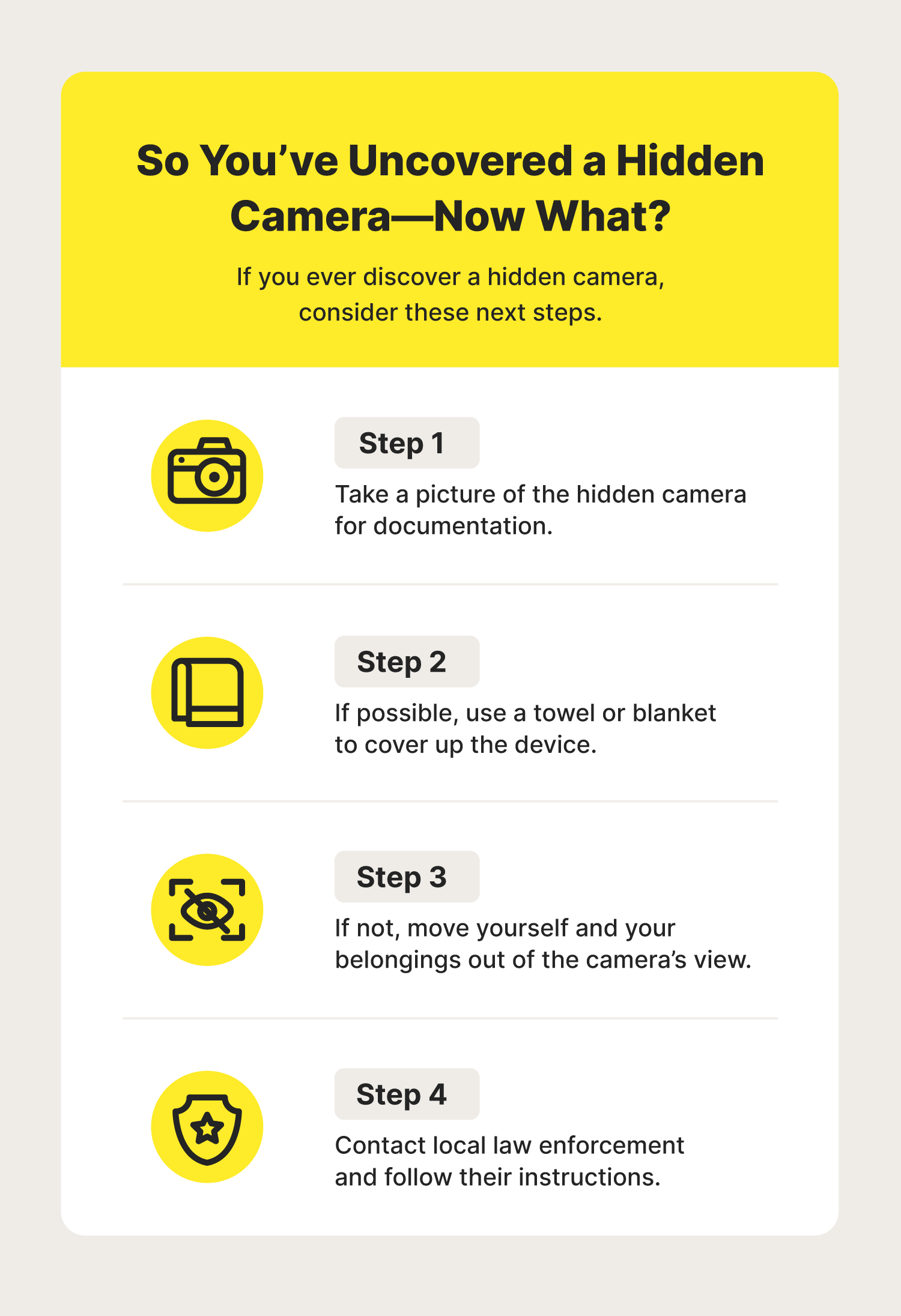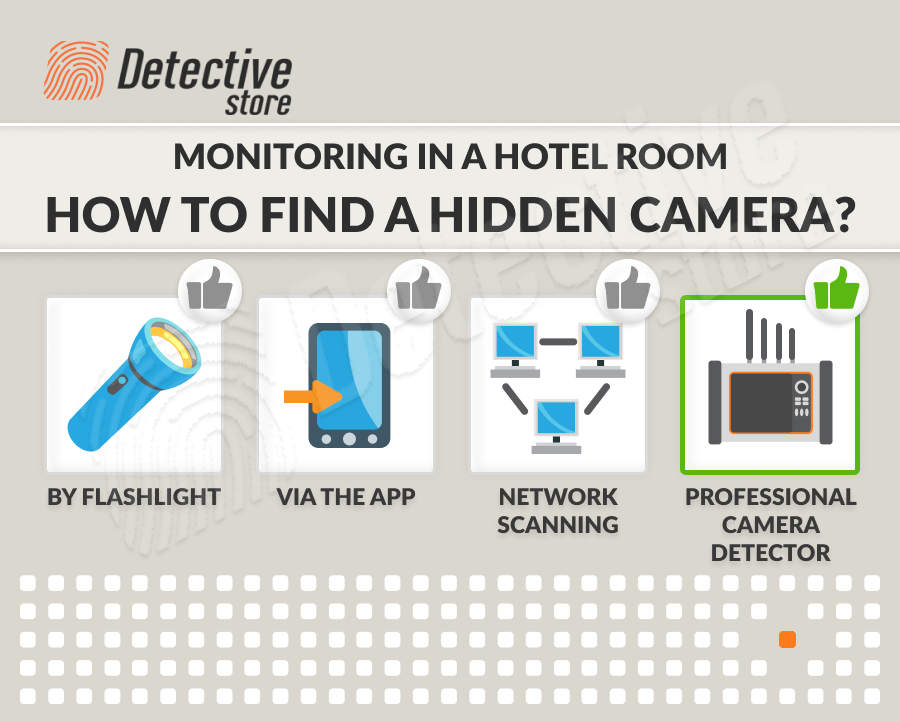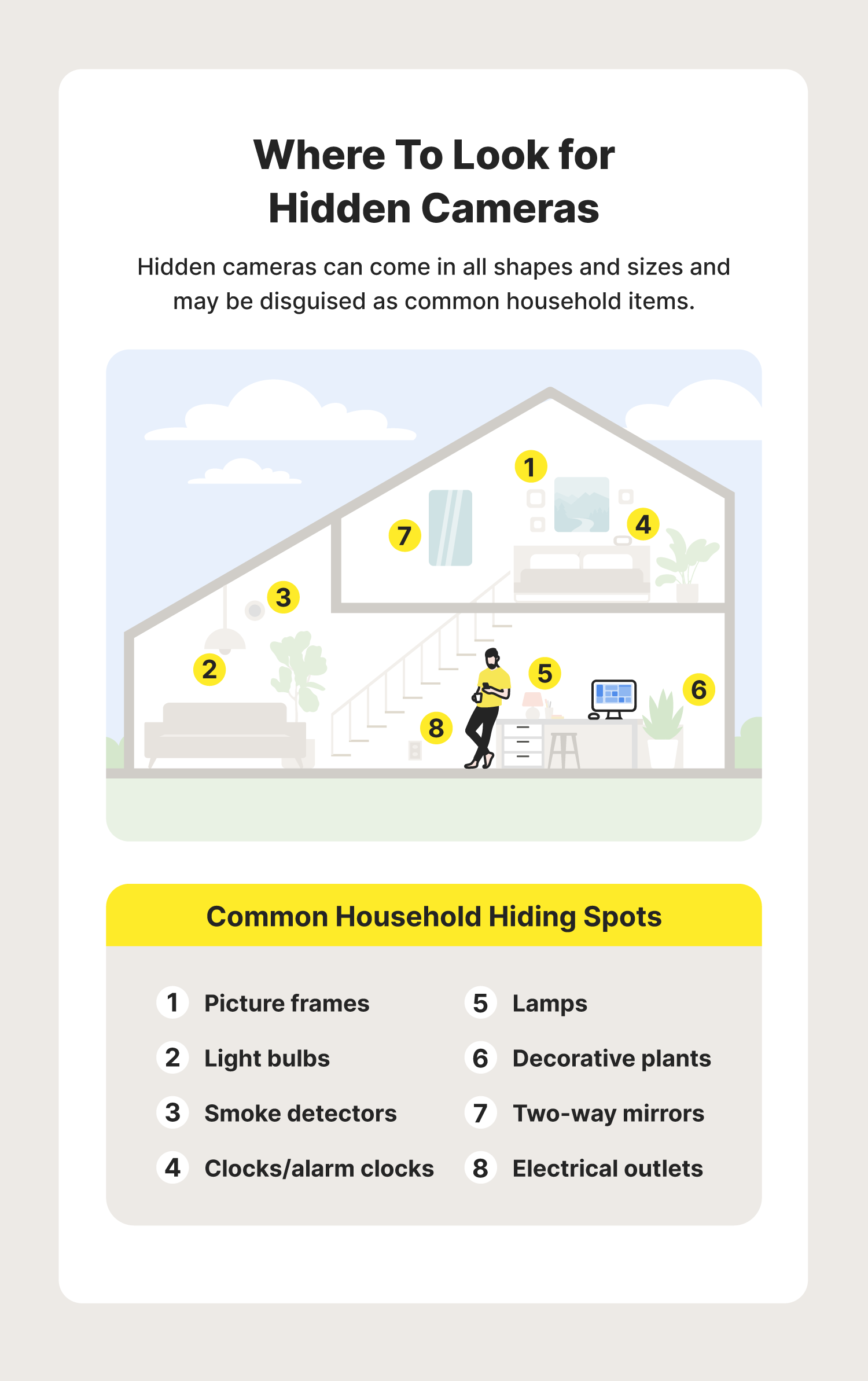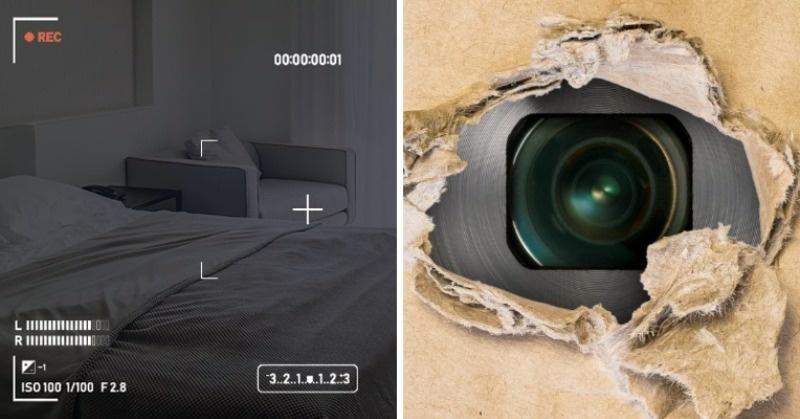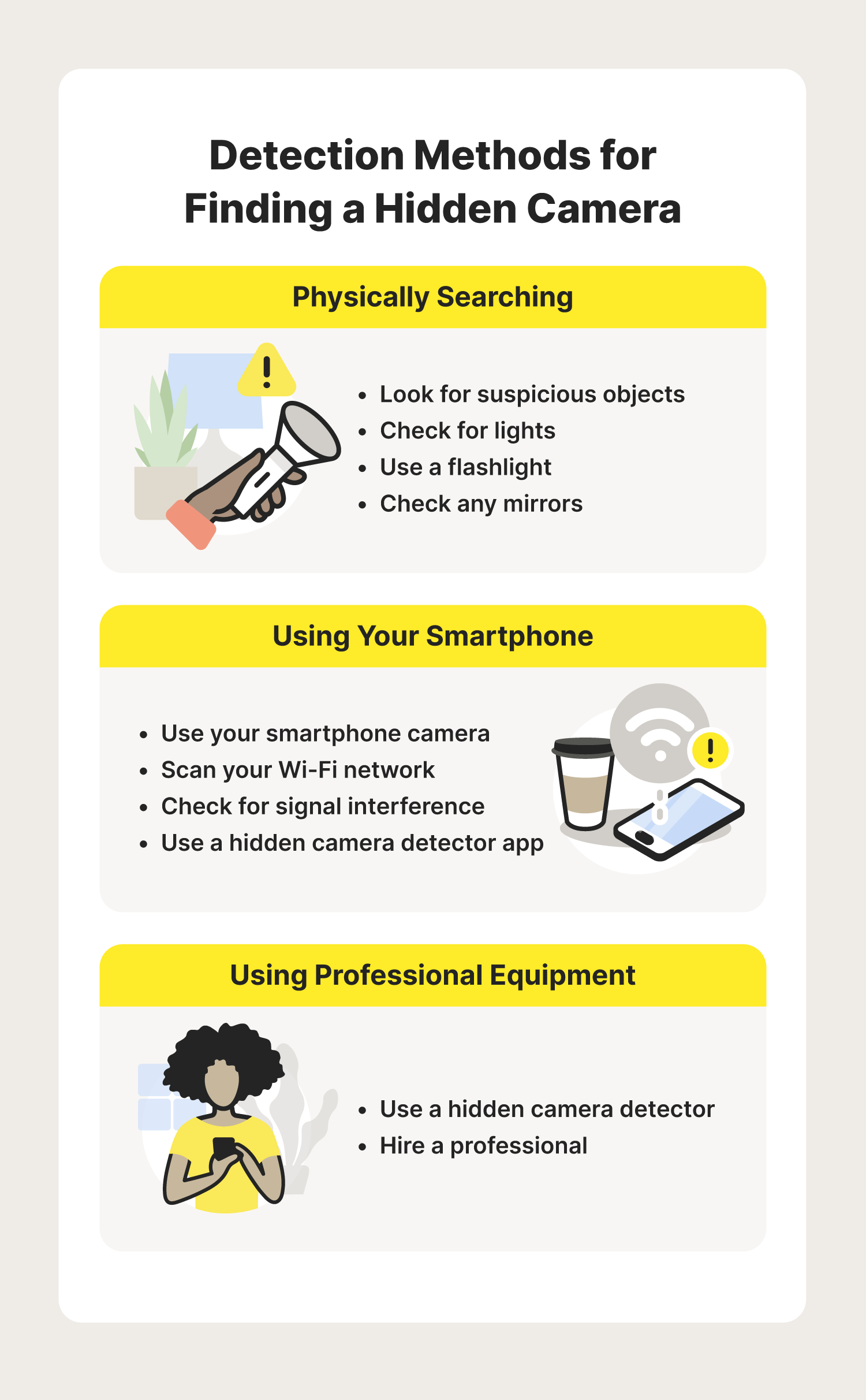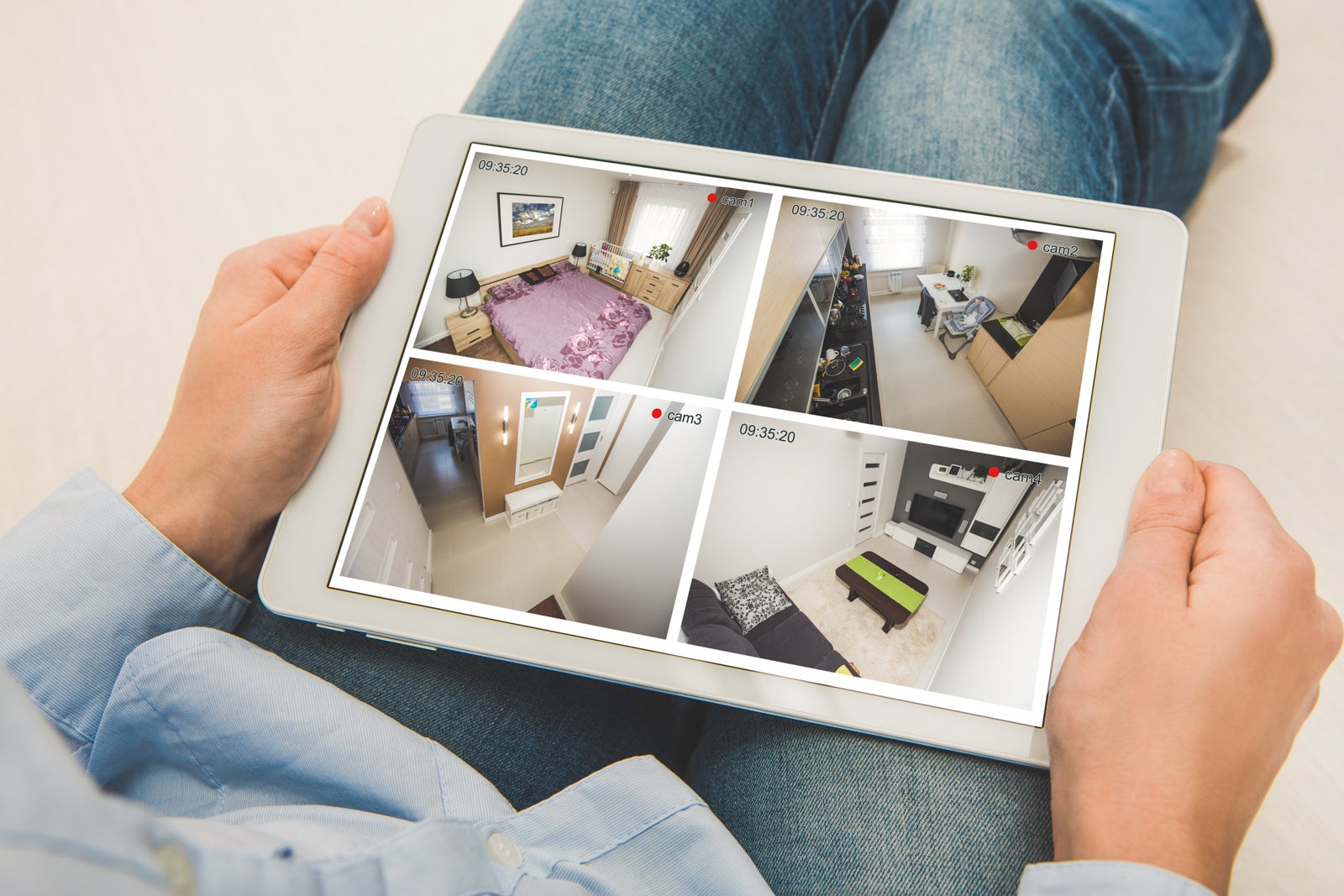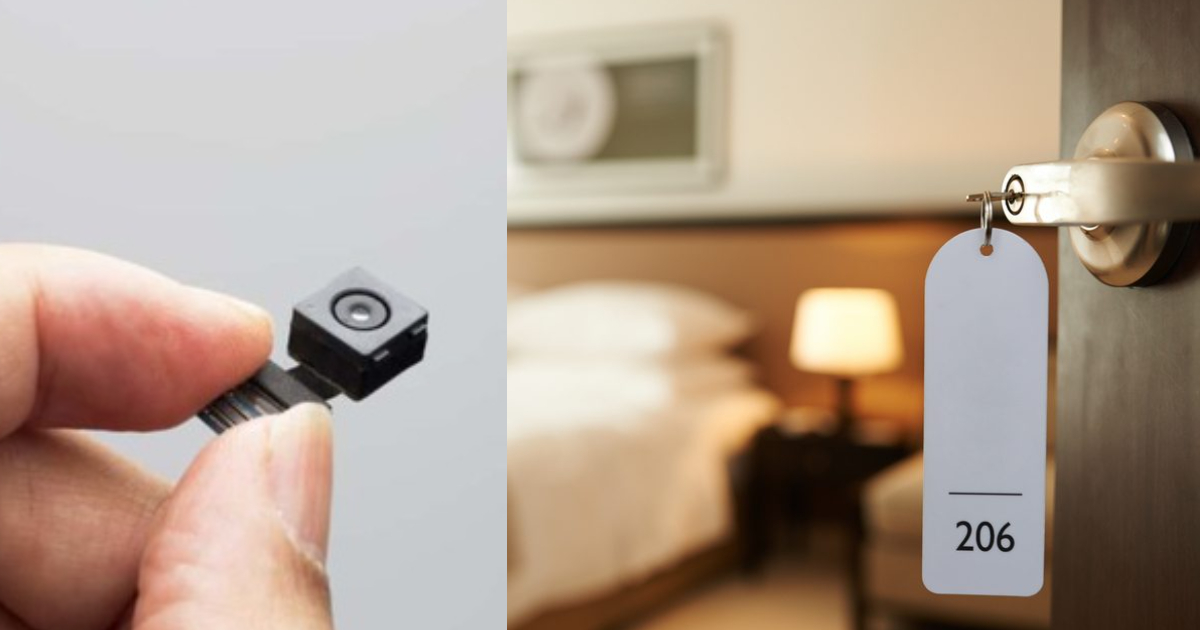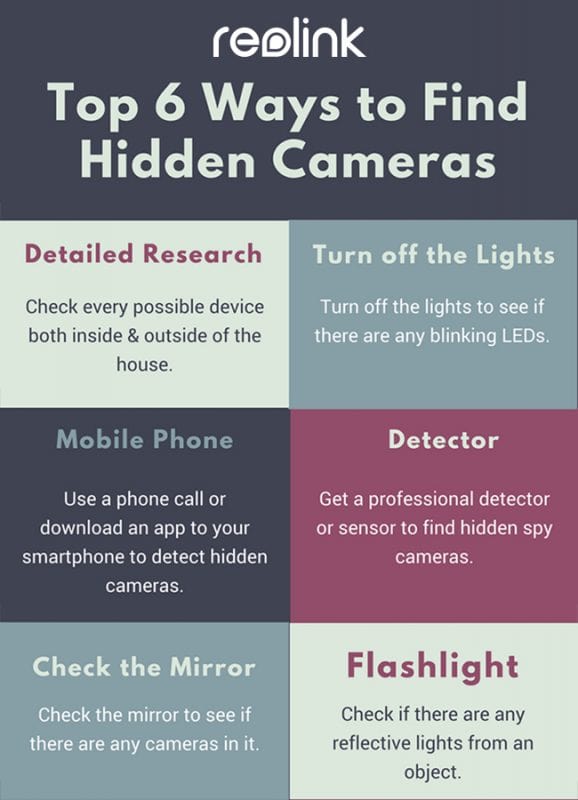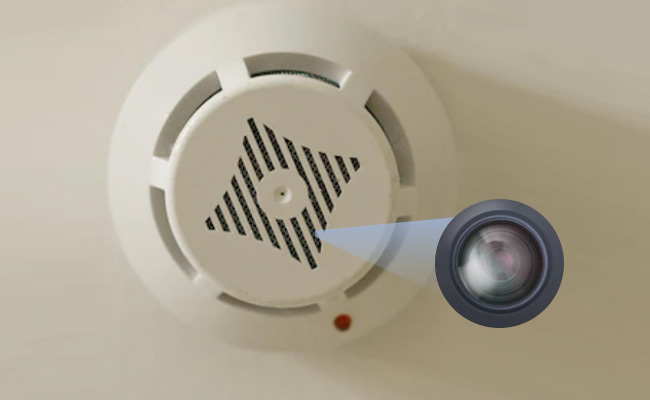How To Know If There Is Hidden Camera In Room

Your privacy may be at risk. Learn how to detect hidden cameras in your room and protect yourself from potential surveillance.
This guide provides actionable steps to identify concealed recording devices, empowering you to safeguard your personal space and data from unauthorized access. We will focus on practical detection methods, addressing the who, what, where, when, and how of hidden camera detection.
Immediate Actions: Initial Inspection
Begin with a thorough visual inspection. Scan the room slowly, paying close attention to common hiding spots.
Look for objects that seem out of place or inconsistent with the room's decor. Things like smoke detectors, clocks, or even electrical outlets are common places to hide cameras.
Examine these items closely for any unusual holes or lenses. A pinhole camera can be incredibly small and easily concealed.
Focus on Suspicious Objects
Pay special attention to electronic devices. These include alarm clocks, radios, and USB chargers.
Check for any unexpected wires or cables. Also, be suspicious of objects pointed directly at beds, showers, or other private areas.
Use a flashlight to examine reflective surfaces. A hidden camera lens will often reflect light differently than its surroundings.
Electronic Detection Methods
Use your smartphone's flashlight to scan the room. Turn off the lights and shine the flashlight at various angles.
Look for small reflections that could indicate a camera lens. Remember that the reflection might be faint.
Consider using a dedicated hidden camera detector. These devices can identify cameras through radio frequency signals or by detecting the reflection of light from the camera lens.
Using Smartphone Apps
Several smartphone apps claim to detect hidden cameras. Some can identify cameras through Wi-Fi network analysis.
Others attempt to detect infrared (IR) light emitted by some cameras. Be aware that the effectiveness of these apps can vary.
Read reviews and understand the app's limitations before relying solely on it for detection.
Check Common Hiding Places
Focus your search on areas where people frequently change clothes. These areas might include bathrooms, bedrooms, and dressing rooms.
Look behind mirrors. A two-way mirror can conceal a camera behind it.
Check inside items that can be easily tampered with, such as tissue boxes, stuffed animals, and picture frames. It’s critical to examine these.
Mirrors: The Two-Way Test
To test if a mirror is two-way, perform the fingernail test. Place your fingernail against the surface of the mirror.
If there is a gap between your fingernail and its reflection, the mirror is likely a normal mirror. If there is no gap, it could be a two-way mirror.
Another test is to gently tap on the mirror. A hollow sound could indicate that it is a two-way mirror.
Listening for Unusual Sounds
Turn off all electronic devices and listen for any unusual buzzing or clicking sounds. Some cameras emit a faint noise when operating.
Pay attention to changes in background noise. A hidden microphone might pick up sounds that are not normally audible.
Be aware that this method is not foolproof, as many modern cameras operate silently.
What to Do If You Find a Camera
Do not touch or tamper with the device. This is crucial.
Document everything. Take photos and videos of the camera and its surroundings.
Contact local law enforcement immediately. They can investigate and determine if any laws have been violated. Consult a lawyer to understand your legal options.
Legal Considerations
The legality of recording someone without their consent varies by jurisdiction. In many places, it is illegal to record someone in a private place without their knowledge.
Consult with an attorney to understand the laws in your area and your rights as a victim of illegal surveillance.
Report the incident to the relevant authorities, such as the police or the FBI, if you suspect that the surveillance is part of a larger criminal activity.
Ongoing Developments and Future Steps
Technology for hidden cameras is constantly evolving. Stay informed about new detection methods and emerging threats.
Consider investing in professional surveillance detection services for a more thorough investigation, especially in high-risk situations.
Regularly inspect your surroundings and take proactive steps to protect your privacy. Be vigilant about your surroundings and aware of the potential for surveillance.



